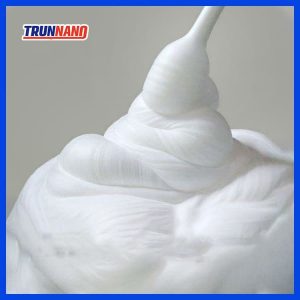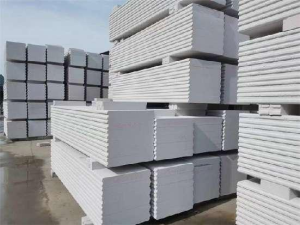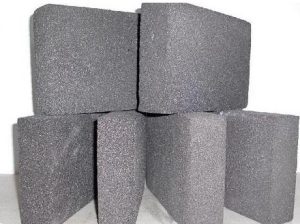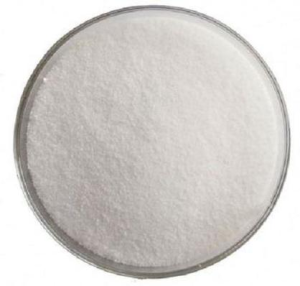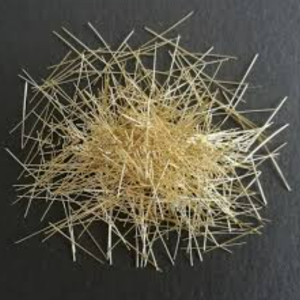Professional solutions on concrete addtives, Concrete Foaming Agent, Superplasticizer, CLC Blocks Additives, and foaming machine
Foamed concrete introduction: also known as foam concrete or lightweight concrete, foamed concrete is the foaming machine. The foaming system will be fully foamed by mechanical means of a foaming agent, and the foam and cement slurry will be evenly mixed, and then through the pumping system of the foaming machine for cast-in-place construction or mold shaping, formed by the natural conservation of a new type of lightweight thermal insulation materials containing a large number of closed air holes; Foamed concrete is a foaming agent, Foamed concrete is a new type of lightweight thermal insulation material containing a large number of closed pores, which is formed by mixing foaming agent, cement, fly ash, stone powder and another organic binder into a double set of the continuous structure of the polymer, containing uniform pores; Foamed concrete is an energy-saving material used for roof insulation slope, ground insulation bedding, filling of upturned beams pit and pouring of walls, etc. It is a bubble-like thermal insulation material. It belongs to the bubble insulation material, and the prominent feature is the formation of closed foam holes in the concrete so that the concrete is lightweight and has thermal insulation.
Foamed concrete characteristics
Foamed concrete is usually prepared into foam by mechanical method from an aqueous solution of foam agent, and then the foam is added into the slurry containing siliceous material, calcium material, water and various additives, etc., and then mixed and stirred, casting and molding, and cured into a kind of porous material because the foam concrete contains a large number of closed pores so that it has the following good physical and mechanical properties.
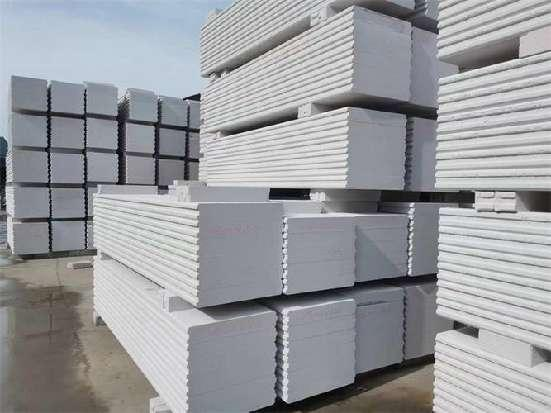
1、Lightweight
The density of foamed concrete is small; the density level is generally 300-1500kg/m3; the density level of commonly used foamed concrete is 300-1200kg/m3; in recent years, the density of 160kg/m3 of ultra-light foam concrete has also gained application in construction projects. Because of the small density of foam concrete, the use of this material in the internal and external walls, levels, floors, columns and other building structures can generally reduce the self-weight of the building by about 25 percent and, in some cases up to 30-40 percent of the total weight of the structure. Moreover, structural components, such as the use of foamed concrete instead of ordinary concrete, can improve the load-bearing capacity of the components. Therefore, the use of foamed concrete in construction projects has significant economic benefits. The energy-saving standard coefficient is increased to 65 percent. It makes the building energy-saving market potential huge.
2、Good heat preservation and insulation performance
Due to foam concrete contains a large number of closed small pores, so it has good thermal performance, that is, good thermal insulation performance, which ordinary concrete does not have. Usually, the density grade in the 300-1200kg/m3 range of foamed concrete, thermal conductivity * between 0.08-0.3w/(m-K), and the thermal resistance is about 10-20 times that of ordinary concrete. The use of foamed concrete as a building wall and roofing materials has a good energy-saving effect.
3, sound insulation and fire resistance performance are good. Foam concrete is a porous material, so it is also a good sound insulation material in the building floor and highway sound insulation boards, and the top of the underground building can be used as a sound insulation layer. Foam concrete is an inorganic material that will not burn, so it has good fire resistance, is used in buildings, and can improve the fire performance of the building.
4, good overall performance foam concrete can be poured on-site construction, and the main project combined closely.
5、Good low elasticity shock absorption The porous nature of foamed concrete makes it have a low modulus of elasticity, which makes it have good absorption and dispersion of impact loads.
6、Strong waterproof performance cast-in-place foamed concrete has low water absorption, relatively independent closed bubbles and good integrity, so that it has a certain degree of waterproof performance.
7、Good durability and the same life span as the main project.
8, convenient production and processing of foamed concrete can not only be produced in the factory into a variety of products but also on-site construction, direct cast-in-place into the roof, floor and wall.
9, the good environmental performance of foamed concrete raw materials for cement and foaming agent; the foaming agent is neutral and does not contain benzene, formaldehyde and other harmful substances to avoid environmental pollution and fire hazards.
10、Construction is convenient. Only to use of the cement foam machine can achieve automatic operation, and it can be pumped to achieve a vertical height of 200 meters of long-distance transport, with a workload of 150-300 cubic meters / per working day.
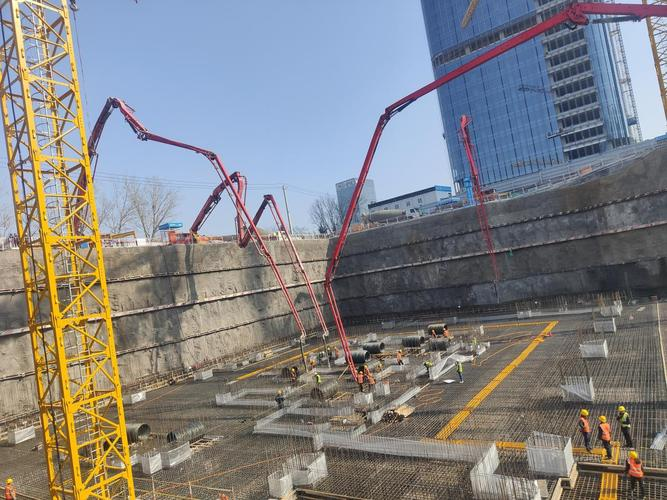
Scope of application
Foam concrete is widely used in energy-saving wall materials with its good characteristics, and has also gained applications in other aspects. The current applications of foam concrete are mainly cast-in-place foam concrete insulation for roofing, foam concrete face blocks, foam concrete, lightweight wall panels, and foam concrete compensatory foundations. However, making full use of the good characteristics of foam concrete, it can be used in construction projects to expand its application areas, accelerate the progress of the project and improve the quality of the project.
Specifically as follows.
(1) Used as retaining wall body. Foam concrete used as a lightweight backfill material behind the bank wall can reduce the vertical interception load and also reduce the lateral load on the bank wall. This is because foam concrete is a rigid body with good bonding properties, it does not exert lateral pressure on the bank wall along the perimeter, settlement is reduced, and maintenance costs are subsequently reduced, resulting in significant savings. Foam concrete can also be used to improve the stability of embankment slopes by replacing part of the soil on the slope, which reduces the force affecting the stability of the slope due to the reduced mass.
(2) Construction of sports fields and athletic tracks. Blendable foam concrete with high drainage capacity is used as a lightweight foundation covered with gravel or artificial turf for sports fields. The density of the foam concrete is 800-900kg/m3; this type of sports ground can be used for hockey, football and tennis activities. Or the foam concrete covered with a layer of 0.05m thick porous asphalt layer and plastic layer can be used as an athletics track.
(3) For sandwich components. The prefabricated reinforced concrete components can use foam concrete as the core so that it has a good performance of lightweight, high strength and heat insulation. Usually, the density of 400-600kg/m³ foam concrete.
(4) Pipeline backfill. Underground abandoned oil cabinets, pipelines (containing crude oil and chemicals), sewage pipes and other cavities can easily lead to fire or collapse; the use of foam concrete backfill can solve these problems, and the cost is also less. The density of foam concrete used depends on the diameter of the pipe and the water table, generally 600-1100kg/m³.
(5) Poor concrete fill. Due to the use of bendable hoses, foam concrete has a great degree of workability and adaptability, so it is often used for poor concrete fill. If the requirement of heat insulation is not very high, the density of 1200kg/m3; about the poor concrete fill layer, the average thickness of 0.05m; if the requirement of heat insulation is very high, the density of 500kg/m3; the poor concrete fill layer, the average thickness of 0.1-0.2m.
(6) Roof slope. Foam concrete is used for roof slopes with the advantages of lightweight, fast construction speed and low price. The slope is generally 10mm/m. The thickness is 0.03-0.2m, and the density is 800-1200kg/m³ of foam concrete.
(8) Used for landscaping. Foam concrete will be made into a capacity of 800-1000kg/m3, which can be used for garden rockery, rubbish bins, tables and benches.
(9) Other. Foam concrete can also be used for firewall insulation filling, acoustic floor-filling, tunnel liner backfill, power supply, water pipeline isolation and so on.
Supplier
Cabr-Concrete is a supplier under TRUNNANO of Concrete Admixture with over 12 years of experience in nano-building energy conservation and nanotechnology development. It accepts payment via Credit Card, T/T, West Union and Paypal. TRUNNANO will ship the goods to customers overseas through FedEx, DHL, by air, or by sea. If you are looking for Foam concrete blowing agent, please feel free to contact us and send an inquiry. (sales1@cabr-concrete.com)


